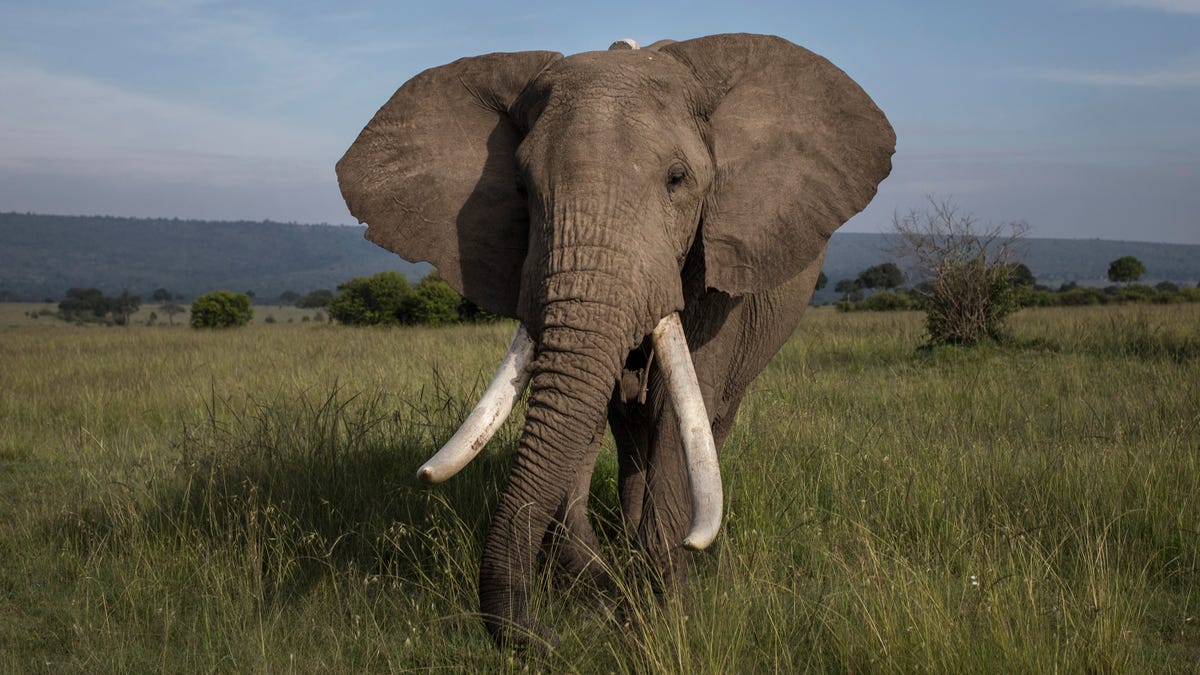Scientists count elephants from space with satellites and computer smarts
The world's largest land animal is still hard to monitor in the wild, but satellites could make it easier.

The method for counting African elephants using satellite imagery opens up a new way to monitor vulnerable and endangered animals.
People like to talk about landmarks that can be "seen from space," from the pyramids to the Great Wall of China. But what about something much smaller, like elephants? They can be spotted, too, with the help of satellites and an algorithm trained to look for them.
A team led by researchers with the University of Oxford and the University of Bath in the UK developed a method for counting African elephants using imagery from Maxar satellites, opening up a new way to monitor vulnerable and endangered animals.
"For the first time, scientists have successfully used satellite cameras coupled with deep learning to count animals in complex geographical landscapes," said the University of Bath in a statement Tuesday.
The satellite images could offer an effective alternative to surveillance done by humans in aircraft, which can be an expensive and challenging way of counting elephants.
The Maxar satellite view shows African elephants in a woodlands area. Green rectangles are elephants spotted by the algorithm and red rectangles are ones that have been verified by humans.
The space method has "comparable accuracy to human detection capabilities," according to a Maxar statement. Satellites can also easily cover a tremendous amount of ground.
The research team published a paper on the elephant detection work in the journal Remote Sensing in Ecology and Conservation in late December.
Researchers have used satellites for wildlife monitoring projects before, as when NASA located a secret penguin colony. Satellites have been used to collect data on whales, which are fairly easy to spot against blue water. What makes the elephant project so innovative is that the method can pick out elephants from a diverse landscape of grass and woodlands.
There are an estimated 40,000 to 50,000 African elephants left in the wild and they are listed as "vulnerable" on the IUCN Red List of Threatened Species. The population is under pressure from habitat loss and poaching.
"Accurate monitoring is essential if we're to save the species," said University of Bath computer scientist Olga Isupov, creator of the algorithm that detects the elephants. "We need to know where the animals are and how many there are."
The team hopes the system and will be adaptable for smaller animals as satellite resolution continues to improve. It might not be ready to track mice just yet, but elephants are an excellent start.

